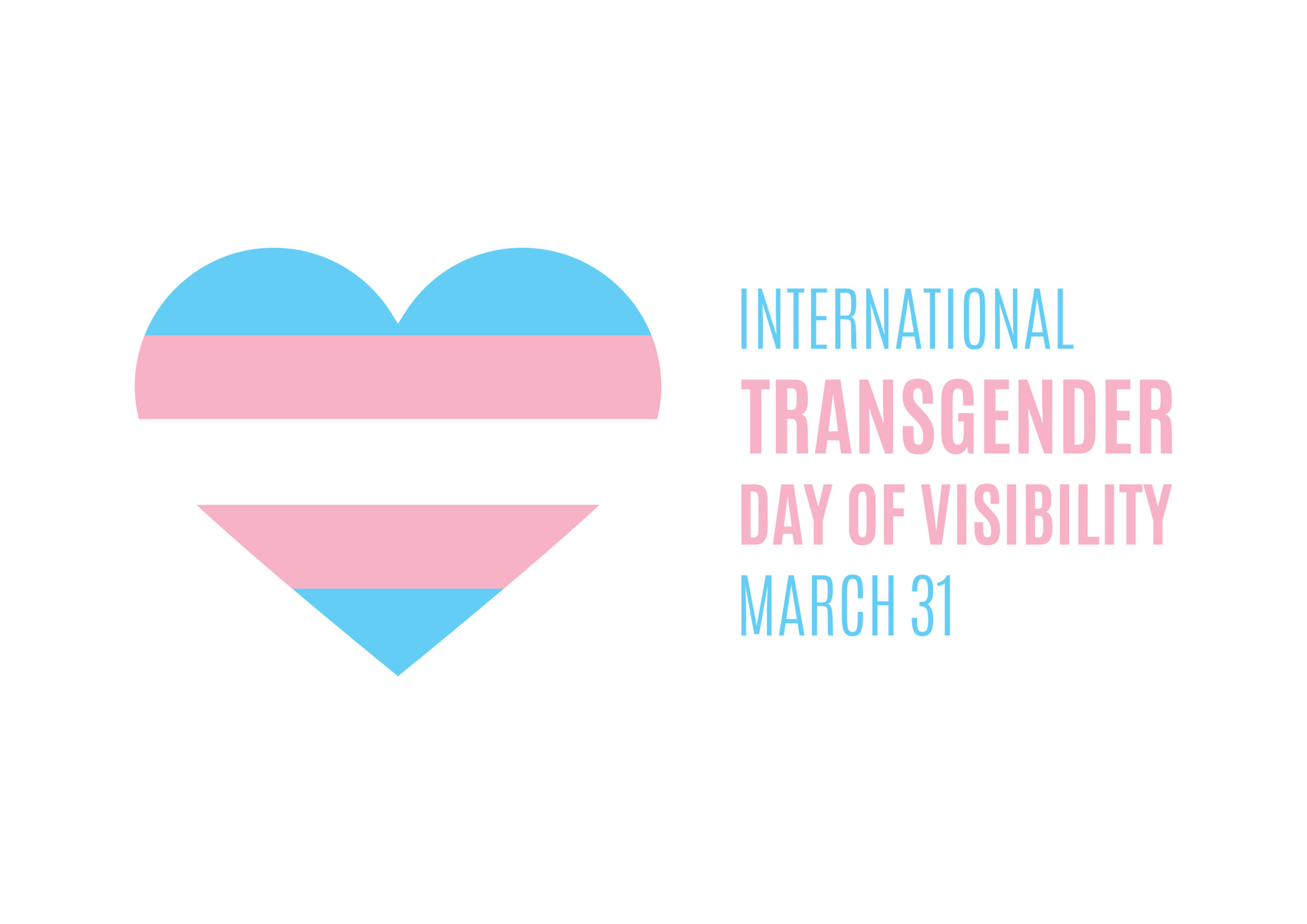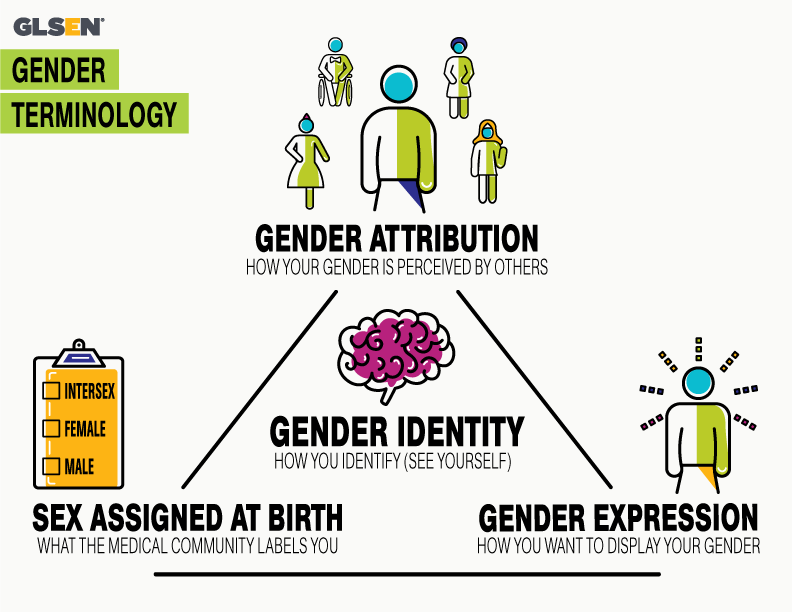March is a busy time for everyone: spring is arriving, and with it, many cultural activities. Read about them below!
March 1st: Shrove Tuesday
This year, March 1st is Shrove Tuesday, otherwise known as Mardi Gras (USA) or Pancake Day (UK). Shrove Tuesday is a Catholic holiday that marks the last day before Lent. Traditionally, on Shrove Tuesday, Anglo-Saxon Christians went to confession and were “shriven” (absolved from their sins). During Lent, people are supposed to give up rich foods and luxury, so the day before this month of fasting is a massive party.
Mardi Gras (USA)
In the USA, particularly in Louisiana, Alabama and Texas, people have parades and festivals to celebrate Mardi Gras (a French name, meaning “Fat Tuesday”). Celebrants wear colorful beads in purple, green, and gold, they wear masks and costumes, and they eat “king cake”.

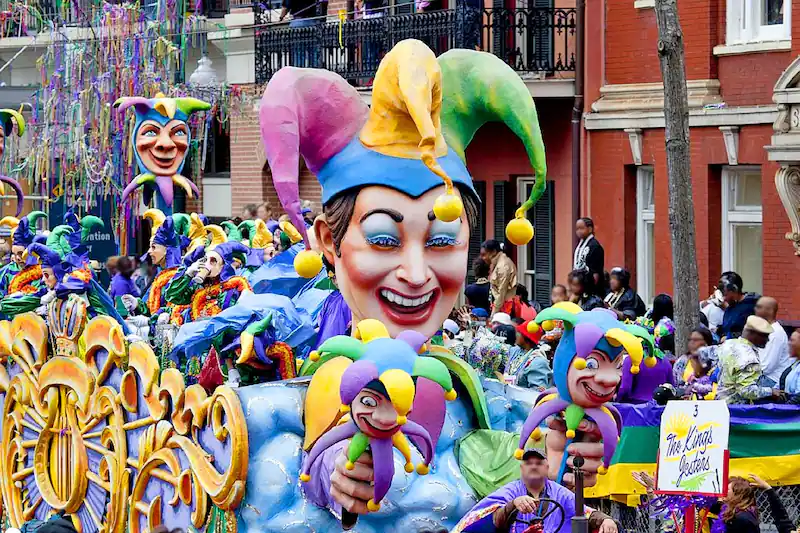

Pancake Day (UK, AUS)
In the UK and Australia, on Shrove Tuesday, people make pancakes and spread them with many toppings. This is to use all the eggs and milk in the house before Lent. In the UK, there are various local competitions on Pancake Day, including pancake races in which women run down a path while flipping pancakes.


March 2nd: Ash Wednesday
Ash Wednesday is the first day of Lent. It is a day of repentance in the Christian tradition. At the start of the day, Christians go to their church or temple and have wet ash smeared onto their foreheads by a priest or minister, symbolizing their sins that need to be washed away.


March 8th: International Women’s Day
March 8th is International Women’s Day, represented by the color purple. March is also Women’s History Month, so here are a few women that you should learn about!
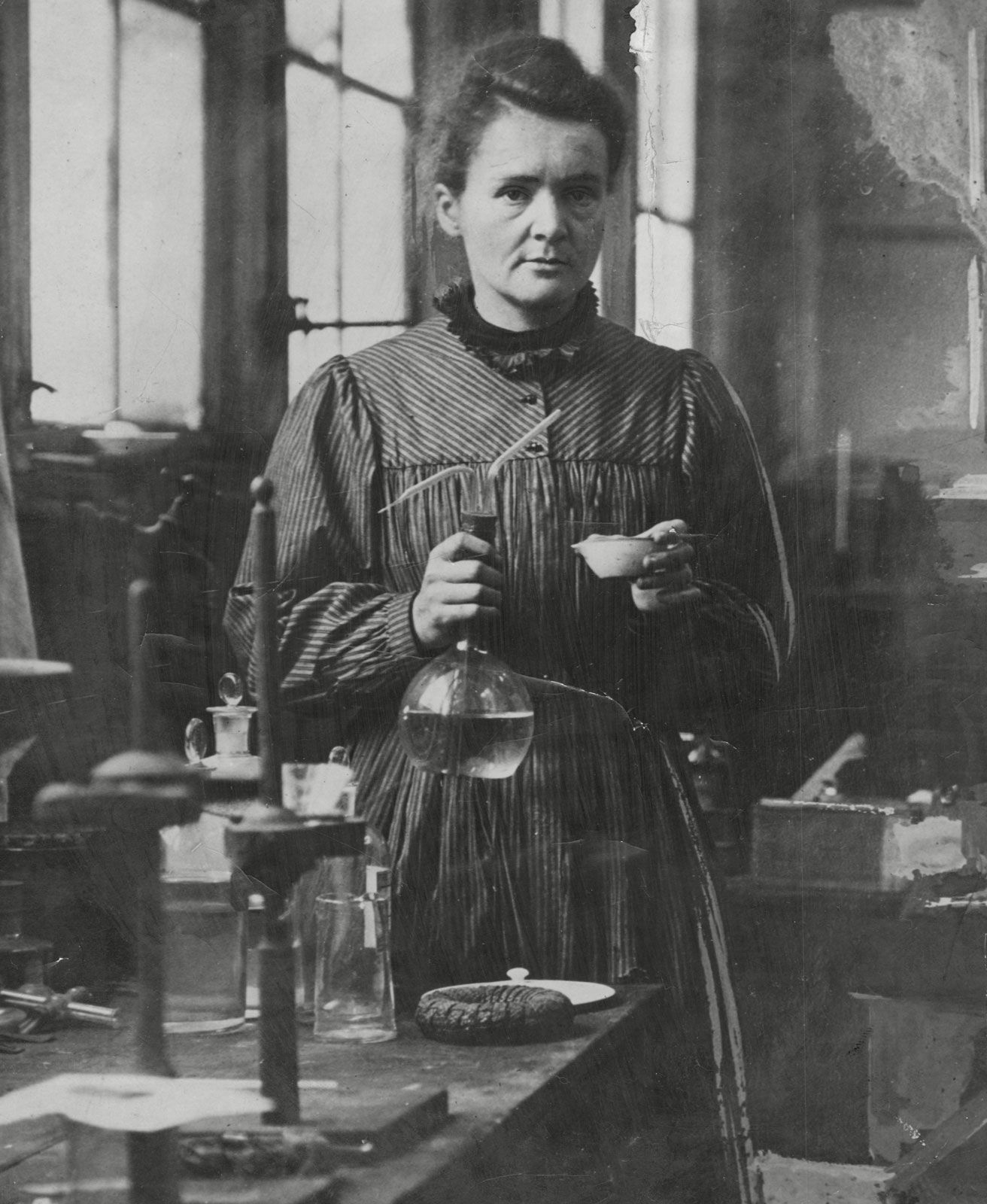

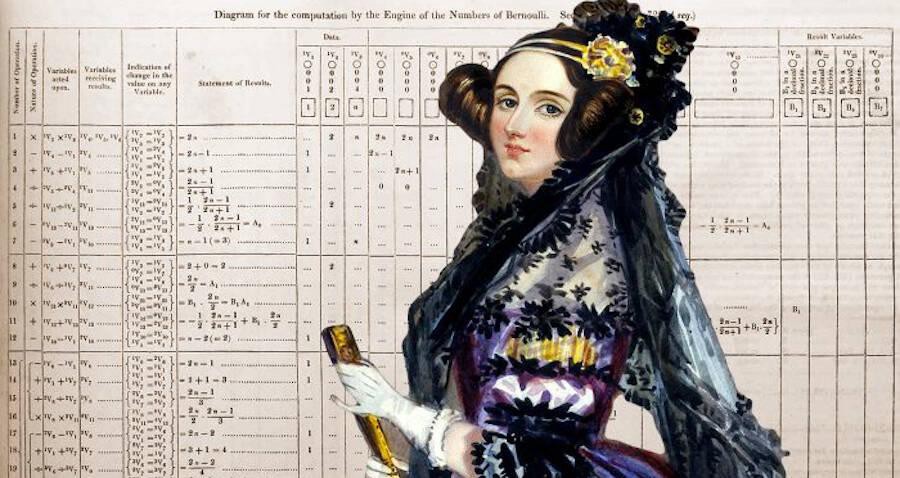


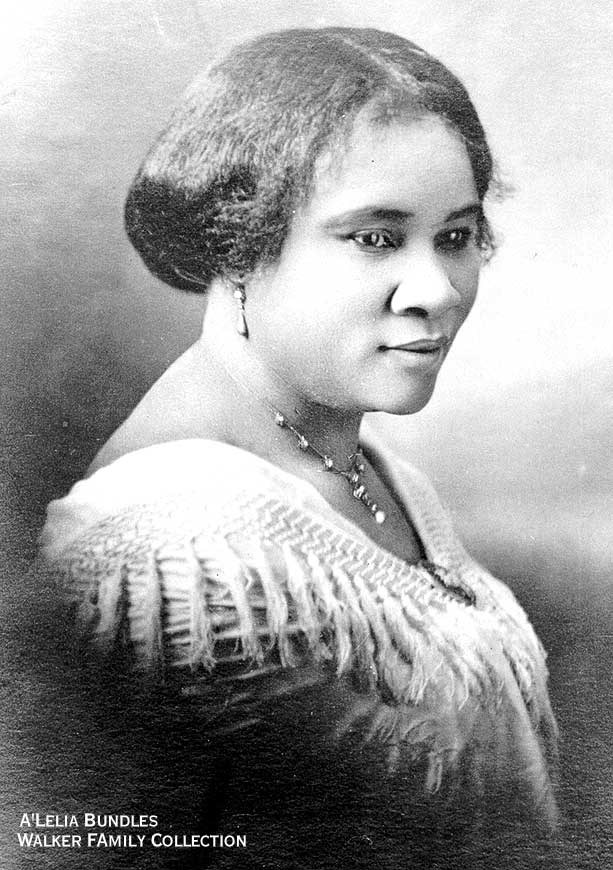


March 14th: Commonwealth Day (Commonwealth Countries) / Canberra Day (AUS)
Commonwealth Day is celebrated on the second Monday of March in all Commonwealth nations (list). The day recognizes the ongoing collaboration between Commonwealth nations for a peaceful and prosperous future. In 2022, the theme of Commonwealth Day is “Delivering a Common Future” and addresses recent efforts to fight climate change, foster trade, and promote good governance.
Incidentally, the second Monday of March is also Canberra Day in one of the Commonwealth nations, Australia. Canberra, the capital of Australia, was given its name on March 12, 1913. The holiday was moved to the second Monday of March in 2007.
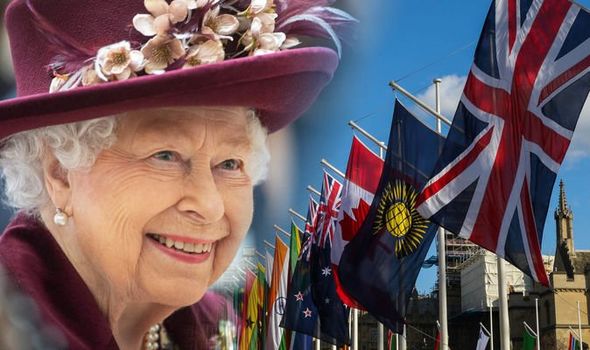

March 15th: The Ides of March
The Ides of March is the 15th of March (historically, the first full moon of the Roman calendar). Plutarch, a Greco-Roman philosopher and priest of the Delphi temple of prophecies, wrote that a seer had warned that harm would come to Caesar on the Ides of March. According to Plutarch, Caesar passed the seer on his way to the Theatre of Pompey, where he would be assassinated, and joked, “Well, the Ides of March are come”, implying that the prophecy had not been fulfilled, to which the seer replied “Aye, they are come, but they are not gone.”
This meeting is famously dramatized in William Shakespeare’s play Julius Caesar, when Caesar is warned by the soothsayer to “beware the Ides of March.”
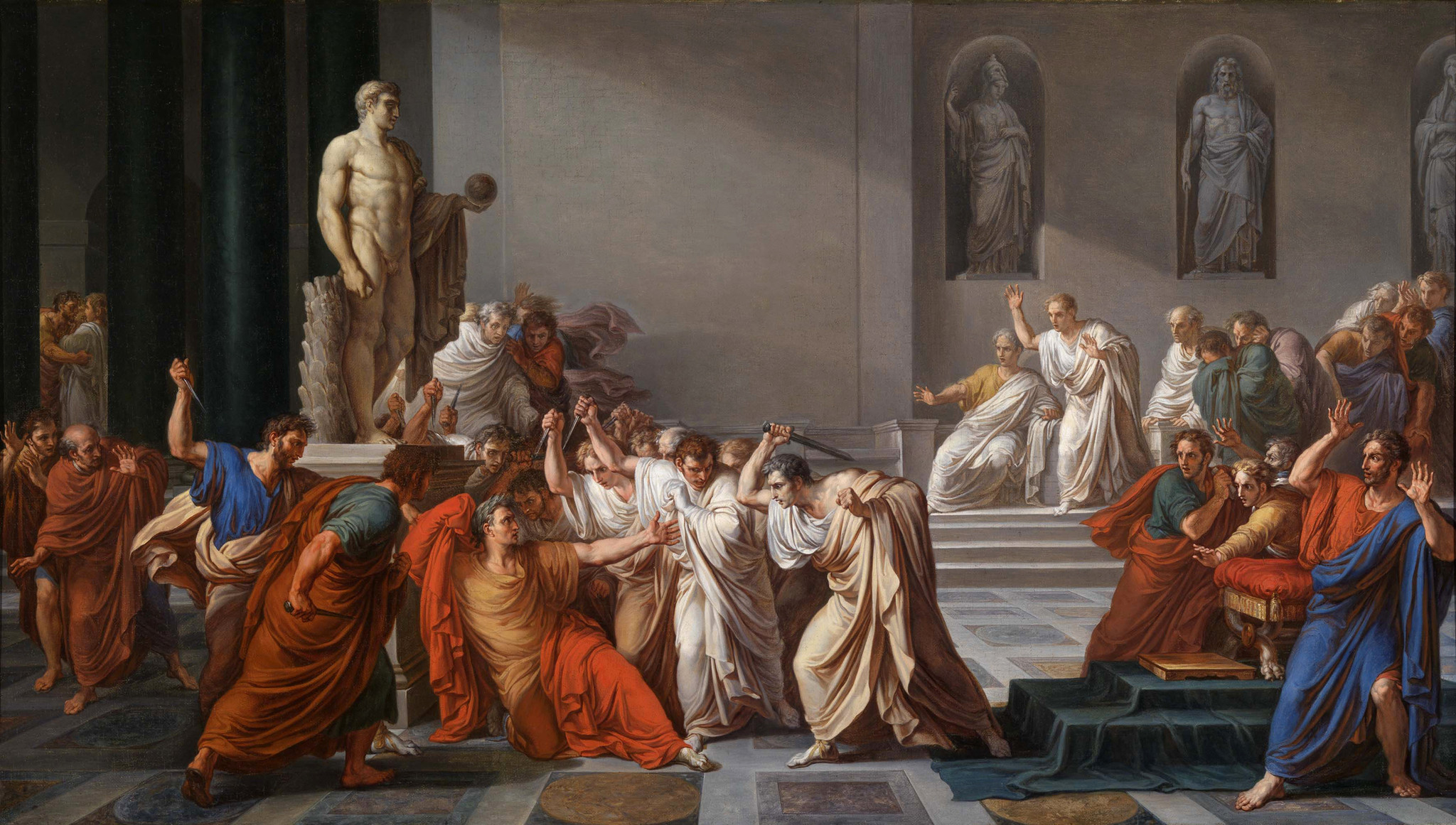
March 16th: Purim
Purim is a Jewish holiday. It celebrates the success of a legendary Persian queen named Esther, who was from a Jewish family. At that time (circa 480 BCE), Jews were a minority in Persia, and some Persians considered them outsiders. According to the story of Esther, one of the king’s advisors, Haman, grew angry at a Jewish man named Mordecai for refusing to bow deeply to him. Haman cast lots (purim) to choose a lucky day for an attack, then asked the king to order a genocide of all Jewish people on that day. When Queen Esther found out, she bravely revealed herself to be Jewish and begged the king to stop the order. He agreed to issue another order for the self-defense of Jewish residents, and many lived were saved. To celebrate Purim, children dress up in costumes – often as Esther, Haman, or Mordecai – and eat hamantaschen cookies. Adults are supposed to drink wine until they cannot hear the difference between Haman and Mordecai.

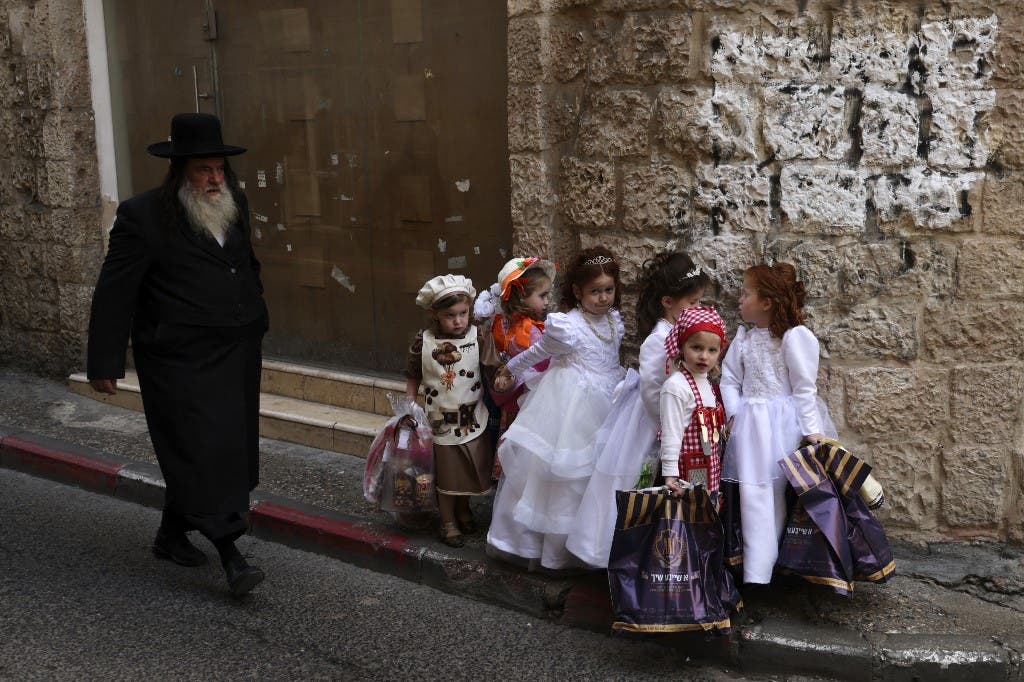
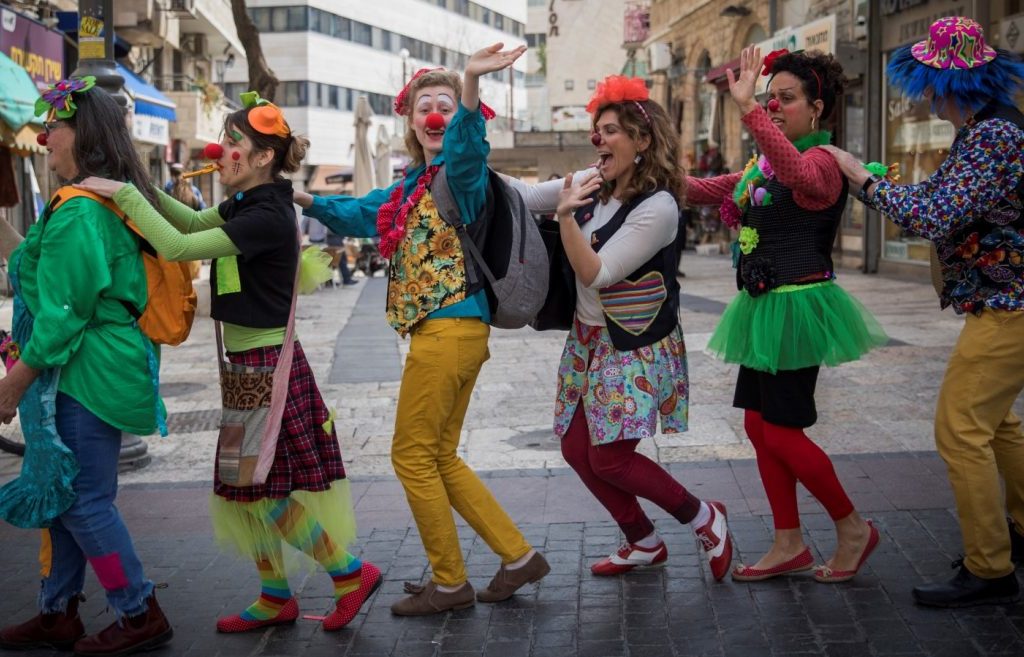

March 17th: Holi
Holi is an Indian festival of colors. The original festival is a Hindu celebration of the triumph of good over evil. The festival lasts several days, including a bonfire, an elephant festival, and throwing colored powders to represent the tricks of Lord Krishna. This color-throwing fun, which occurs on the second day of the festival, has become popular across the globe, both among the Indian diaspora and among Westerners looking for a new way to party.
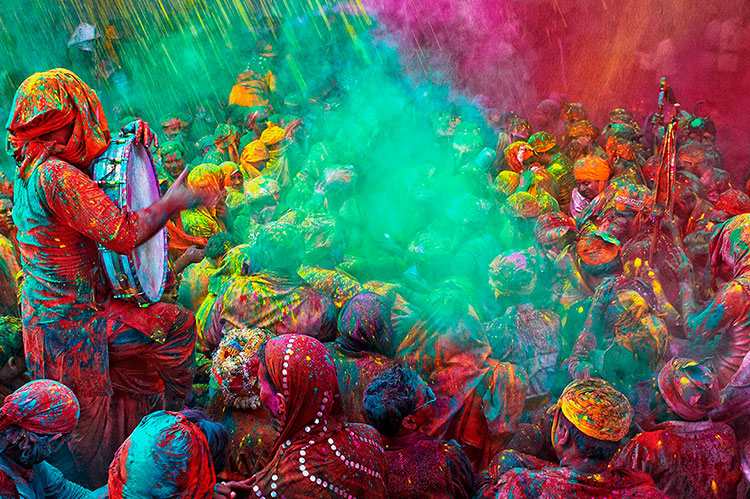

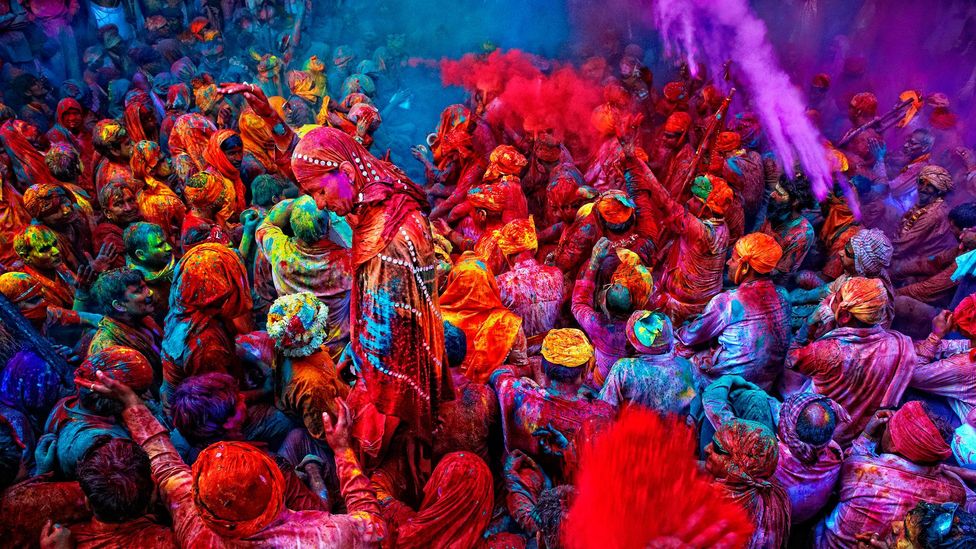
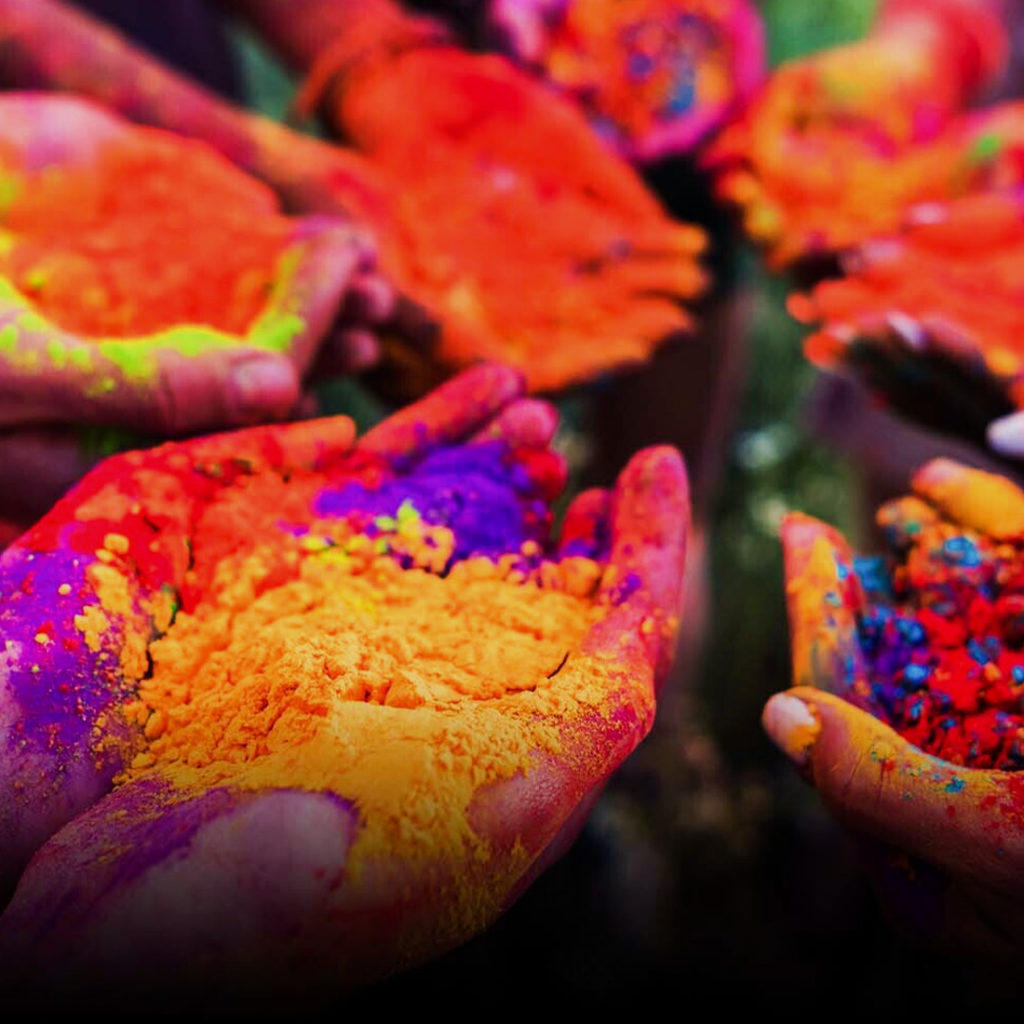
March 17th: Saint Patrick’s Day
Saint Patrick, the patron saint of Ireland, is famous for many things, some of which are even true. He was born Maewyn Succat in Roman Britain (in what is now Wales, UK) but was taken to Ireland. He is dubiously credited with having banished snakes from Ireland, but it is true that he worked to convert the Irish population to Catholicism and helped establish several churches there. He is often shown with a three-leaf clover in his hand; these clovers are considered symbols of Saint Patrick and may be a reference to Ireland’s cultural affinity for groups of three (whether poems, gods, or otherwise). For some, St. Patrick’s Day is a religious holiday – one of the many saint’s feasts during the year. But St. Patrick’s Day has gained popularity in the USA (and now in Ireland as well) as a day for Irish cultural pride and celebration. Although the day is named after Saint Patrick, the celebrations are filled with other Irish symbols, such as leprechauns and pots of gold, the color green, and four-leaf clovers (all symbols of luck). People eat Irish foods and drink Irish beer, and there are massive parades in some cities. Perhaps this holiday is why March has also been designated as Irish-American Heritage Month.
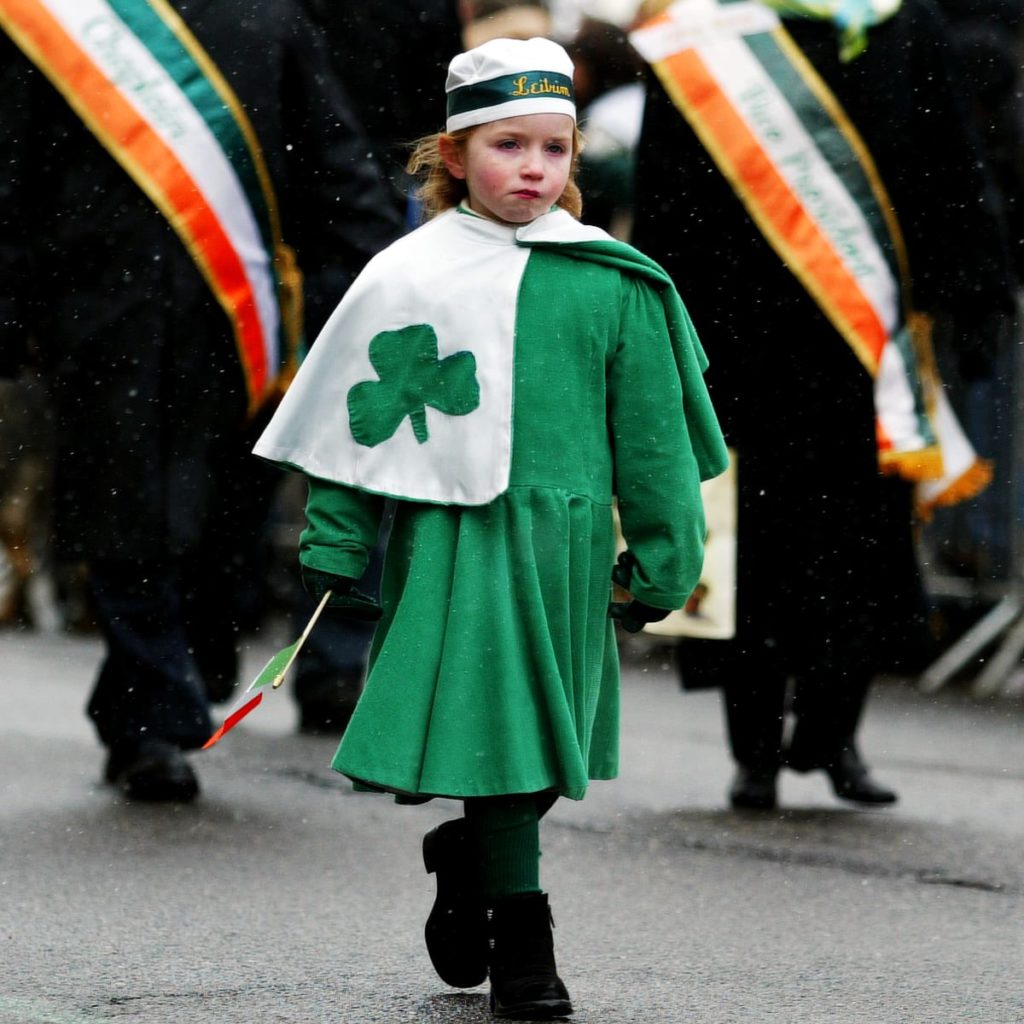

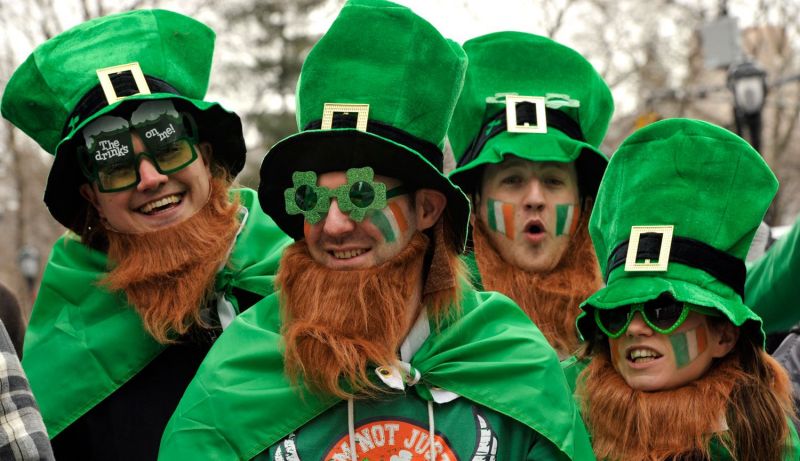
March 20th: Spring Equinox
In English, there are special words to describe the longest day of the year (summer solstice), the shortest day of the year (winter solstice) and the days in spring and in autumn when day and night are equal length (spring equinox and autumn equinox). In some religions and cultures, the equinox is a special day for ceremonies or festivals. For example, in the UK, some people still follow the old Druidic or pagan faiths, and in North America, some indigenous peoples continue to practice nature-based religious rituals. This year, the spring equinox is March 20th.
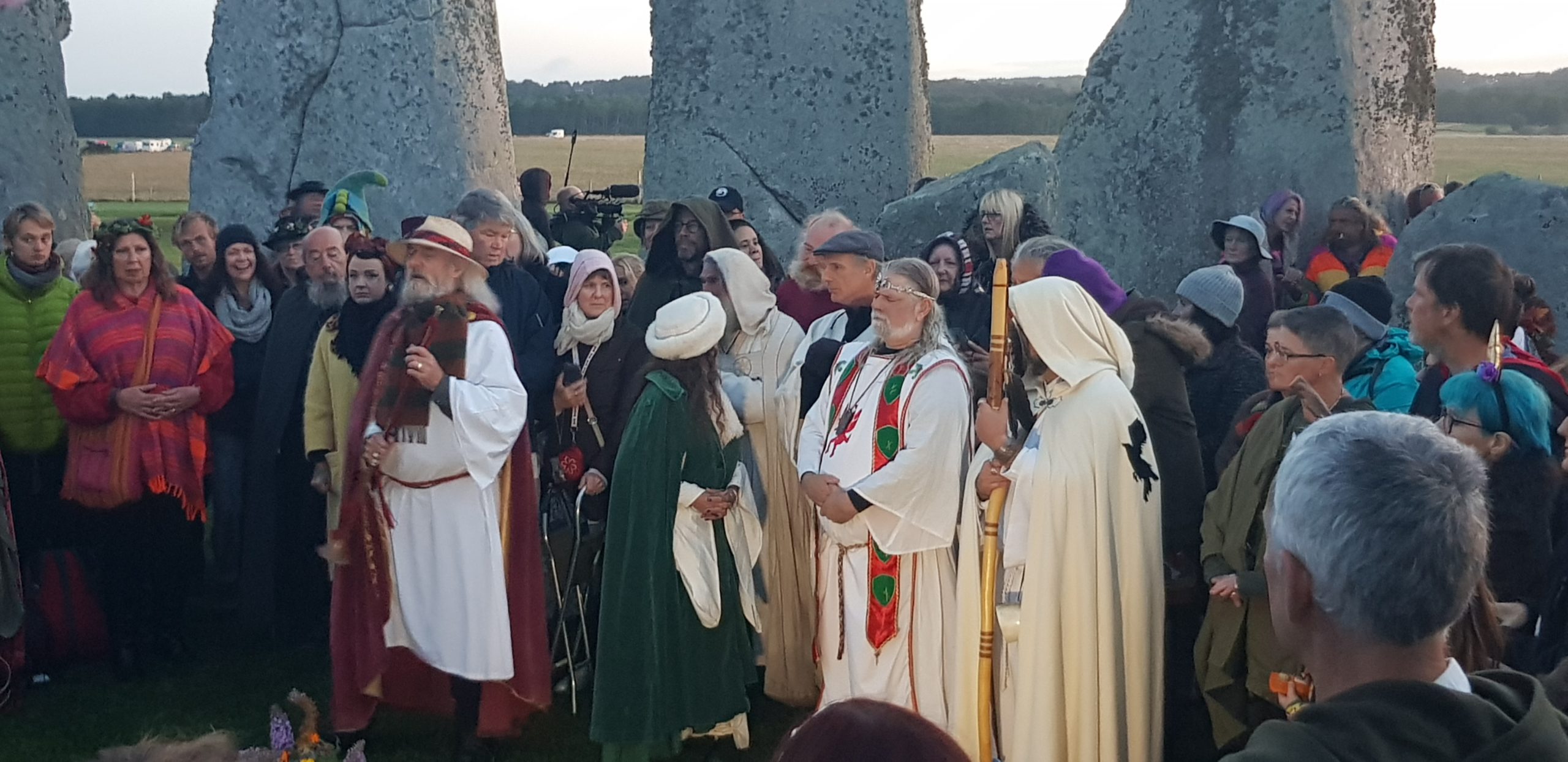

March 26th: Earth Hour
Earth Hour is a one-hour event on the fourth Saturday of March each year. From 8:30-9:30 PM, everyone turns off their lights and electrical devices to reduce power use and light pollution. The event was started in Sydney, Australia in 2007 and is still popular in many countries.

March 27th: Mothering Sunday / Mother’s Day (UK)
Mothering Sunday, now sometimes referred to as “Mothers’ Day”, is a celebration of mothers. Like many traditions and festivities, Mothering Sunday began with a religious purpose (in this case, Christian). It was originally a day to honor and give thanks to the Virgin Mary, mother of Jesus. The celebration is held exactly three weeks before Easter Sunday. The original celebrations required people to visit their ‘mother’ church – the main church or cathedral in a family’s area. It was believed to be essential for people to return to their home ‘mother’ church to make it a true family occasion. The gatherings reunited families and gave children who worked as domestic servants, or as apprentices away from home, the opportunity to have the day off to join their family and see their mother. Over time, the holiday has become more associated with mothers than with religion.


March 31st: Transgender Day of Visibility
Transgender Day of Visibility was founded by transgender activist Rachel Crandall in 2009 as a reaction to the lack of LGBT recognition of transgender people. Crandall voiced a common frustration that the only well-known transgender-centered day was the Transgender Day of Remembrance, which mourned the murders of transgender people, but did not acknowledge and celebrate living members of the transgender community.
In 2021, U.S. President Joe Biden officially proclaimed March 31, 2021, as a Transgender Day of Visibility, proclaiming in part, “I call upon all Americans to join in the fight for full equality for all transgender people.” The White House published this proclamation. This announcement made Biden the first American president to issue a formal presidential proclamation recognizing the Transgender Day of Visibility.
